
Tips on How to Optimize Google Shopping Ads Today
Tips on How to Optimize Google Shopping Ads Today
Optimising Google Shopping Ads is important for maximising ecommerce revenue. But how can one effectively enhance their campaigns to see significant results?
It’s vital to understand the nuances of Google Shopping Ads.
As of 2023, the global eCommerce sector is projected to grow significantly, making it essential for businesses to optimize their ads to stay competitive in the expanding market.
Understanding Google Shopping Ads
For businesses utilizing eCommerce platforms to increase sales and visibility, having a grasp on Google Shopping Ads is vital.
Google Shopping Ads, otherwise known as the Product Listing Ads (PLAs), let advertisers display their products directly in the Google search results, visually enriching the organic search results. Those ads not only contain the name of the product but also display its corresponding image, price and stock status. This functionality helps readers to be provided with greater detail and context about the products before landing on the web-store and enhances chances of higher sales with lower cost-per-click rates as opposed to traditional search advertisements.
According to the statistics of 2021, Google Shopping Ads alone constituted more than 60% of all the paid search clicks from Google in the retail sector. This fact showcases their power in the advertising sphere, especially with the increasing competition in ecommerce, business tries to capture more market share.
To achieve great results, businesses need to comprehend how to optimize the product feed, audiences, and bidding strategies for their set goals in the global market. For brands, an optimized campaign has been proven to increase return on advertising spend (ROAS) while decreasing wasted ad spending and redirecting a targeted audience to the virtual storefront. For eCommerce retailers worldwide, using these ads strategically can prove to be beneficial with the expected growth in the global market.
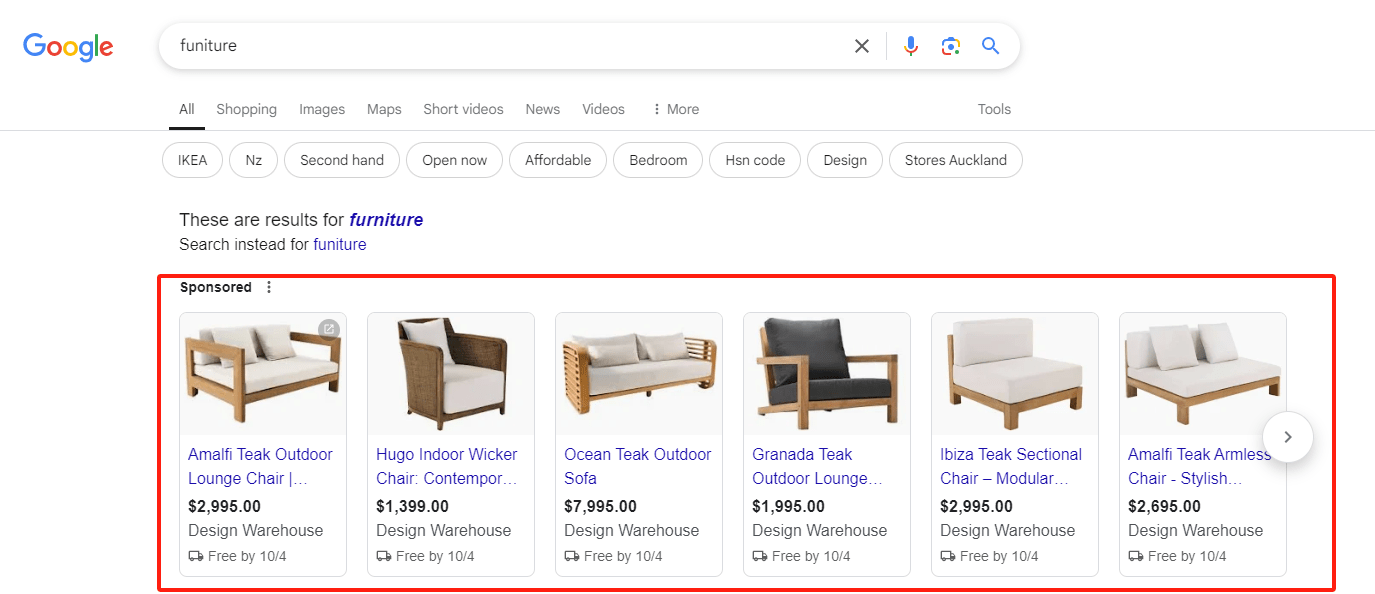
Setting Up Your Merchant Centre Account
Creating a Google Merchant Center Account is very necessary.
In this situation, go to ‘Google Merchant Centre’ and click the ‘Get Started’ button. Log in with an existing google account, or create a new one specifically for your online store management, so that account linking issues do not arise in the future. Decide whether or not you would like to Associate Merchant Centre With Google Ads to make campaign management easier.
If you have the appropriate business and product information, fulfilling your Google Shopping campaigns is possible.
This includes the country where you sell and ship your products. This not only enables Google to display your products to the relevant audience, but also makes sure that there are no localized problems.
Make sure your site meets program requirements with a reliable checkout process, accurate pricing, and clear return policies that comply with the minimum requirements for October 2023. With the rise of eCommerce around the world, getting it right right from the start, will prove to be very helpful in the long term, considering the competitive nature of the international market.
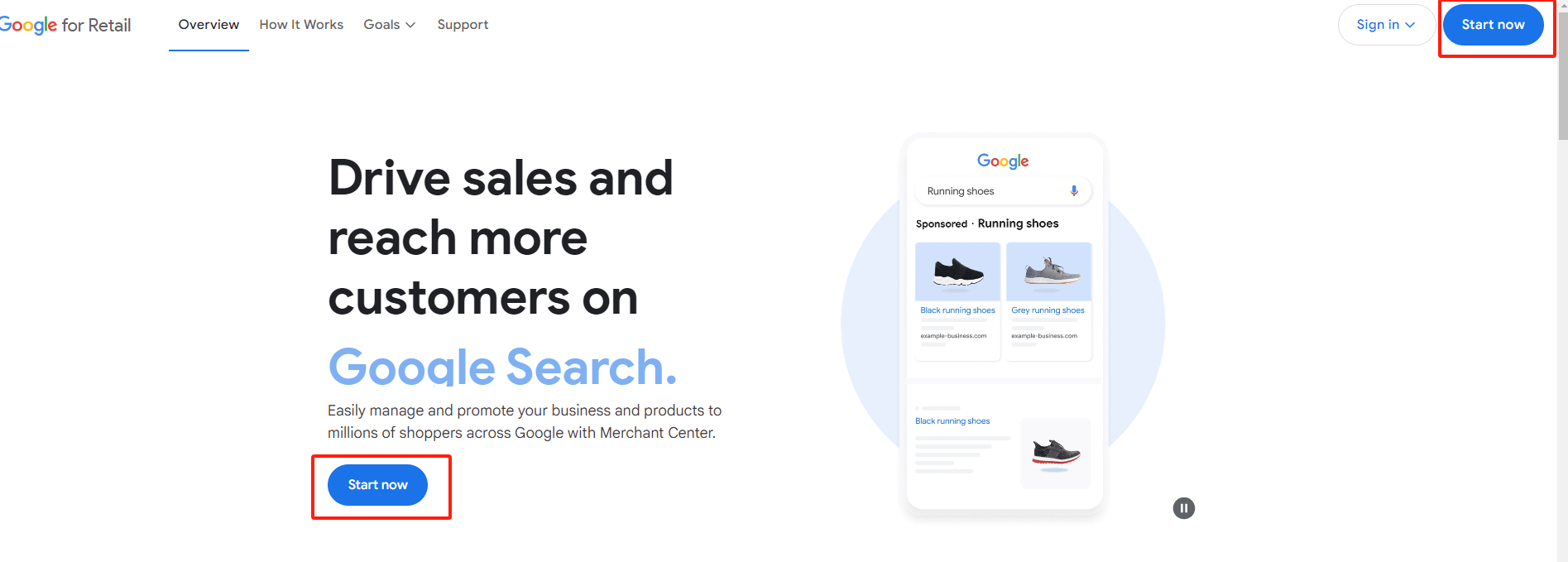
Designing Effective Product Feeds
To create a proper product feed, one must conduct meticulous keyword planning and select relevant product attributes. Like any other advertising effort, correct and detailed product data including titles, images, and descriptions should be provided, as they will have dire consequences if not well optimized.
Conversion rates and ad performance are influenced by high-quality product feeds, which further improve the competitiveness and visibility of the listings.
Crafting Descriptive Titles and Descriptions
Properly crafting titles which contain the necessary product features forms the basis of successful Google Shopping ads and requires extreme precision.
Google tends to favor the title and copy provided as they use them for placing items in pertinent searches, so product pages should have all relevant title and description information filled.
By throwing in some keywords, the chances of being part of consumer product searches greatly improve. For that reason, make certain that the brand name, product type, main features, and other important details are included, while avoiding making the titles an unreadable keyword stuffing mess.
To increase the chances of a purchase, the extra context provided in the description should align with a product’s selling points and specifications, so potential customers understand what is on offer.
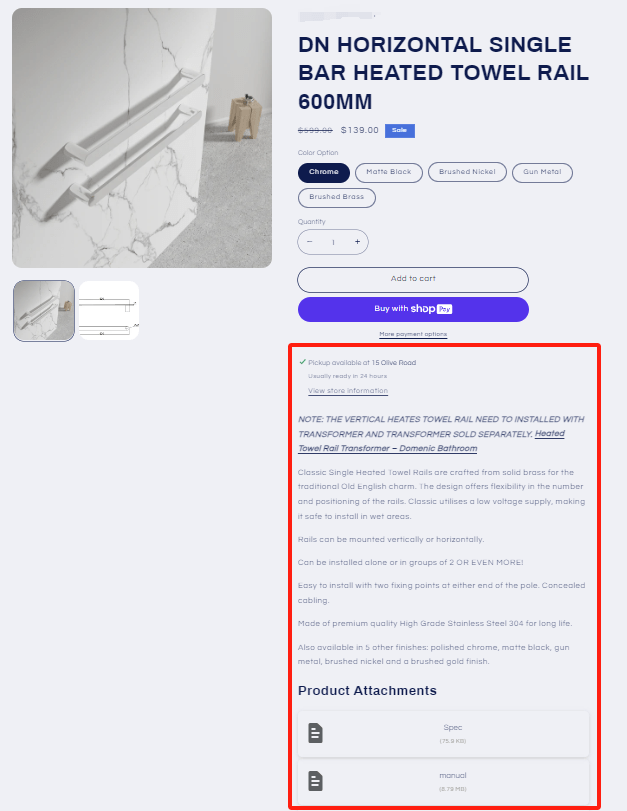
Including High-Quality Images
The usage of accurate images plays a critical role in Google Shopping ads and capturing customers’ attention.
Images serve as a shopper’s first impression of your product in Google Shopping results. Therefore, they ought to be high resolution and depict the product accurately. According to research, products with high quality images tend to have a 30% higher click rate than counterparts without.
Google Shopping emphasizes use of products’ images on a plain background. Providing extra multiple images showcasing a product’s different features or angles can stimulate shoppers’ interest, ultimately leading to higher sales.
Keep in mind the image optimization goals like compressing file sizes for faster loading times, which improves user experience and increases ad performance. Such details will enhance your product listings giving you a competitive edge in the busy market and boosting shoppers trust and engagement in your products.
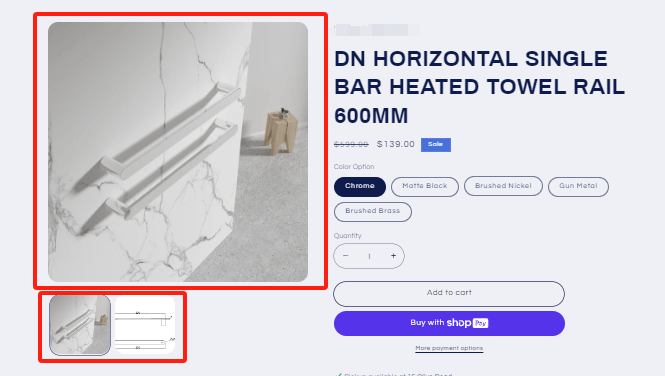
Segmenting Product Groups for Better Control
By breaking up the product groups in your Google Shopping campaigns, you are able to enhance the ad spend management of particular target markets and bids and thereby refine your advertisement strategy through the use of optimization tools.
These segmentation categories allow for better supervision of the different sections that have a diverse degree of performance.
If your products are sorted into logical groups based on price, popularity, margins, among other things, you are assured that resources will be allocated properly which will help improve profitability, customer engagement, and return on ad spend.
For example, high priority can be given to high performing products or seasonal products that can yield high returns by assigning higher bids so as to create a proactive, yet flexible structure. As these adjustments are made over time, Google continues to ‘learn’ from them so do not be surprised when your ads become more effective at reaching your target audience.
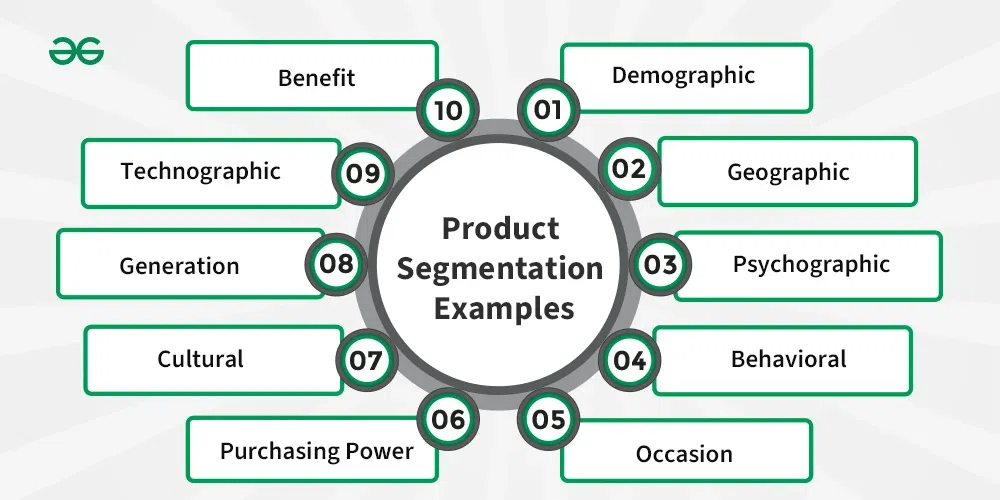
Image Source: Geeks for Geeks
Bidding Strategies for Success
Leverage automated bidding tactics for optimizing and winning with Google Shopping Ads campaigns. Decide between manual CPC, enhanced CPC, and goal based smart bidding to focus on click, ROI, or customer acquisition optimization.
Automatic bidding options combined with AI and machine learning can manage bids and optimize them in real-time. Use precise data to make the right decisions and remain adaptive to any kind of shifts in the market.
Automated vs. Manual Bidding
How you decide to automate or manually bid in the realm of Google Shopping Ads can greatly impact the success of the campaign. Understanding the intricacies of bidding and the goals of the advertiser can help in defining the outcomes best possible.
Automated bidding was introduced in 2016 and is powered by a machine learning algorithm that shifts bids according to conversions, clicks, and other favorable metrics. It is intended to eliminate the guesswork associated with bidding, letting the campaign take advantage of performance trends automatically.
For some niche advertisers, this may not always be ideal if one needs further detail-oriented control. When they possess an intricate understanding of the niche’s specific context and competitive scope, manual bidding can assist in smarter targeting tactics.
Manual spending limits, shifting market trends, and seasonally strategic considerations might not prove beneficial to automated bidding’s algorithms all the time. In this case, a blend of approaches can possisbly be performed where a business can merge the flexibility of automated bidding with the customisation manual control offers.
The advertisers in question must take into account the resources at their disposal against the chosen approach for bid management in relation to business goals and any issues that may arise.

Targeting High-Performing Products
Focusing on high-performing products can significantly boost your Google Shopping Ads campaign efficiency and profitability.
- Analyse Sales Data: Regularly evaluate your sales performance data to pinpoint which products have the highest conversion rates and profits.
- Adjust Bids Strategically: Increase bids for top-performing products to enhance visibility, while reducing bids for underperformers to optimise budget allocation.
- Utilise Product Segmentation: Segment products into different groups based on performance metrics, allowing for more nuanced bidding and targeting strategies.
- Implement A/B Testing: Conduct A/B tests on product ad groups to identify strategies that maximise ROI.
Enhancing Ad Visibility with Keywords
Optimizing your advertisement’s visibility should be your main priority.
When attempting to skip the loopholes of Google Shopping Ads, using search phrases with advanced optimization techniques is critically important. Whereas Google Shopping Ads does not utilize phrases as traditional Search Ads do, they are blindly dependent on attributes in product data in order to show up for queries related to them. Therefore, titles and descriptions should be optimised in order to customer searches accurately.
Another method is focusing on the attributes of the keyword that tend to preform better.
Titles should be juicy as well as straightforward, since they ought to contain the product name, as well as size, color, and should also include this basic keyword. This motivates people and gets the system to work for the title as well.
Also, make sure to follow the changes in Google’s algorithms, as these impact performing a keyword for ads effectiveness, which ensures that the ads will take advantage of the most current trends on how people search for information on the internet. Updating the product feeds regularly to incorporate current Search Engine Optimization (SEO) tactics will improve the matching of your campaign with the intentions of the consumers, which in turn will enhance your ranking among the searches.
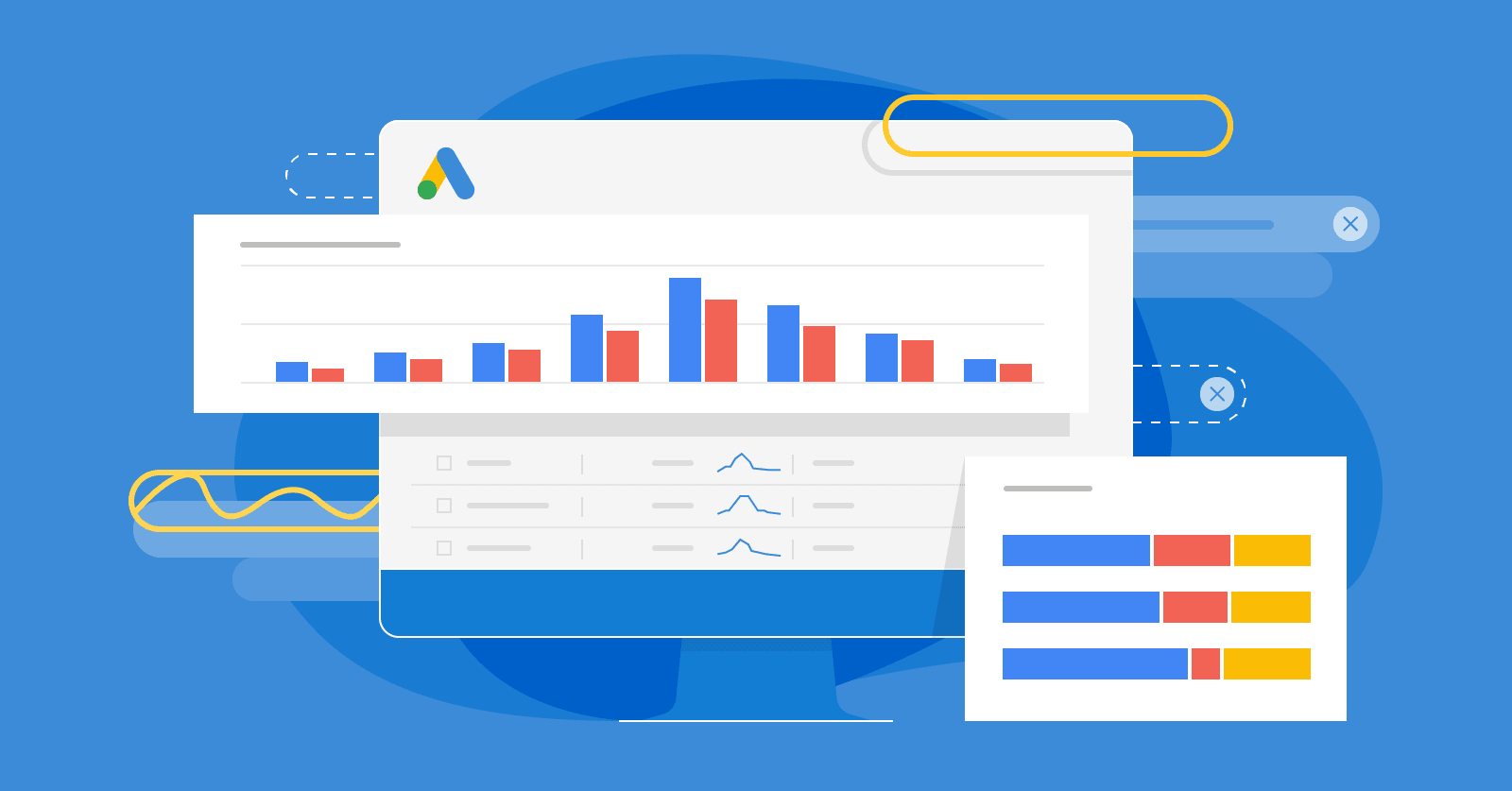
Image Source: BacklinkO
Monitoring and Adjusting Product Performance
Track performance through Google Analytics closely.
To derive the best value from your advertising, monitoring the success of ads is of utmost importance. Metrics such as click-through rates, conversion rates, and return on ad spend need to be carefully checked for more successful campaign strategies. As noted, taking action on data insights as quickly as possible is essential to optimising your ads and increasing revenue.
Identify underperforming products swiftly.
Your overall advertising goal can be better achieved after locating underperforming products and decreasing your bid for them. Additional cost efficiencies can be obtained by pausing sales on poorly performing items for a while to concentrate budget funds on better performing items, thereby ensuring effective use of funds.
Regular evaluations can uncover real trends from consumers enabling you to implement strategies in real time. This ensures that advertising activities remain proactive in the highly competitive digital marketplace that market dynamics and consumer behavior changes rapidly during the late months of 2023. If these changes are studied meticulously, options to improve spending on advertisements are plenty.
Leveraging Negative Keywords
Negative keywords are an essential tool in refining the targeting of your Google Shopping ads. They help filter traffic that’s irrelevant to your products or services.
In 2023, many businesses utilize negative keywords to further enhance their ad spend ROI by eliminating unwanted ad traffic. This approach enhances ad spending by minimizing attempts from campaigns that are unlikely to produce positive results, thereby improving the overall performance.
By analyzing the terms they want to exclude, businesses are able to guard their advertising budget from wasteful spend on futile ad searches. This allows for a more effective targeting of relevant audiences who have a higher likelihood to convert.
Applying this strategy can also be beneficial in Google Shopping as it reduces unqualified clicks, which ultimately leads to increase in CLA, potentially improving ad rank due to better quality score. Unqualified advertisers traffic has reportedly diminished by 30% due to active keyword control.
To summarize, refining your negative keywords list is a small, yet powerful approach to disable with ad campaigns and transform their results for the better.
Implementing Smart Shopping Campaigns
Setting up Smart Shopping Campaigns using Merchant Center will facilitate your marketing activities on the Google Shopping Network as it takes care of the bidding and ad scheduling. This is a time safer, giving you space to work on key strategy aspects.
Sophisticated machine learning models are able to budget different channels with great precision. This guarantees the best results.
To make this work, you need to ensure everything is in place from conversion tracking to a bank of useful high definition product images along with detailed product descriptions. Those elements will help Google’s algorithms work to their full potential, enhancing your campaign results.
The gradual shift to Smart Shopping Campaigns has been linked to a rise in return on advertising spend of approximately 30% for some companies. This is partly driven by its capability to merge conventional Shopping campaigns and display remarketing into one powerful integrated channel which increases reach and also improves leads quality. Based on the data received, optimizations can be made in an intelligent manner to improve the campaigns over time.
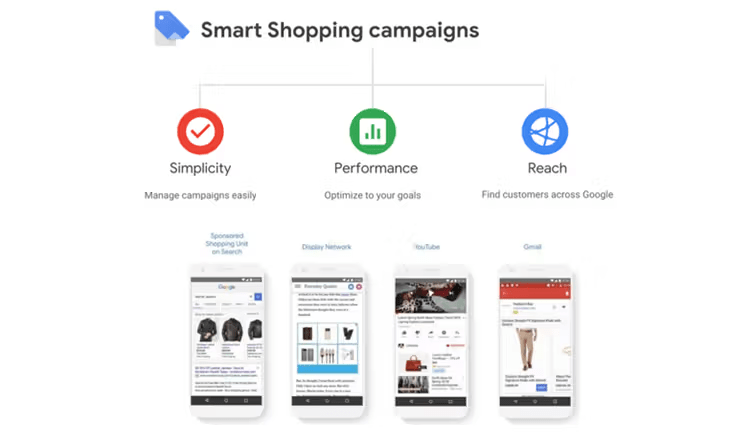
Image Source: Uawc
Measuring Performance with Analytics
Measuring the effectiveness of your Google Shopping Ads is of utmost importance to assessing success and room for improvement. It is equally important to assess customer behavior which may yield conversion and sales in order to maximize advertising spend. This can be done by integrating Google Analytics in order to review the performance of the campaign as a whole. Businesses can then quickly pivot strategies when necessary in order to maximize profits.
Clicks and clicks per cost (CPC) can indicate how well the ads are performing or if the ads may need to be revamped. Adjustments to these metrics ensure that there is alignment with market and consumer interests so that growth can be achieved.
Having the proper data available allows for business strategies to be tailored towards achieving a favorable return on ad spend (ROAS), which is crucial for validating advertising within the business. Also, advanced analytics are capable of providing insights on certain times of the year as well as other brand preferences for advertising customers, therefore enabling precise targeting. Such advertisement makes it possible to easily achieve business goals with lowered risk while ensuring the success of marketing campaigns in competitively crowded markets.
Understanding and Using Performance Reports
Performance reports play a crucial role in optimising Google Shopping Ads by offering data-driven insights into ad performance.
A business’s regular analysis of performance reports helps them ascertain pivotal parameters like conversation rates, impression metrics, ad spend, and revenue generated from the campaigns. This in-depth analysis directs purposeful decisions regarding bid targeting and spending while simultaneously assisting in determining ad spend effectiveness.
Moreover, those reports allow a thorough analysis of the products performing best in the ads, which consequently allows businesses to divert their promotional efforts towards better-performing items while changing the strategy for underperforming products, thus enhancing overall ad performance.
For retailers, these reports become invaluable when attempting to understand how shopper behaviour works and allows them to make improvements to their marketing strategies. Effectively utilizing these insights helps retailers to maintain Google Shopping campaigns that are both competitively priced and yield maximum ROI. Evaluating performance data is most certainly crucial in the ever-changing world of digital advertising as that data provides the information necessary to adapt to the shifts that accompany success.
A/B Testing for Continuous Improvement
Amidst the rapid shifts in the digital marketing industry, A/B testing remains critically essential for optimising Google Shopping Ads. Retailers can check the effectiveness of an ad by comparing two different versions of it. Such analyses provide valuable information which can be used to improve the effectiveness of various campaigns.
For example, a business may try different forms of advertisements with different texts, photos, or “purchase now” buttons. Companies gain from noticing improvements in conversion rates for their ads, thereby enabling them to make insightful decisions. With time, the optimisation of the various components of these advertisements are not only able to improve the click-through rate, but also the experience of shopping as well as levels of consumer satisfaction and loyalty.
Experimenting with Ad Designs
Design aesthetics are critical in the progression of digital advertising. How can companies improve the design components of their Google Shopping Ads?
Ads with illustrative graphics get more engagement as their click-through rates increases by over 32% compared to ads without them. It essentially shows that businesses should try different ad elements like font styles, color borders, and pictures to see which combination alone can get the attention of the audience.
“As they say, beauty lies in the eyes of the beholder” concludes that not everything is physical, and consumer behavior plays a critical role. For example, a well-designed ad has the power to capture the audience’s attention and appreciate the product thus increasing the chances of them clicking the advertisement. To keep customers interested, companies need to constantly refresh their ad designs.
Retailers need to adapt concrete data to evaluate how effective every design has been. Cost per click, return on advert spending, and conversion rate are three of the many metrics that can tell retailers how well or poorly adjusted their designs are to provide the desired results, and therefore fine-tuning them can increase performance.
Instead of solely using graphical illustration, incorporating these numbers can make a more effective ad. Always tweaking advertisements allows brands to keep up in countries where competition thrives.
Testing Different Bidding Options
Considering strategy-worthy bidding can enhance Google shopping campaigns.
Retailers can choose between manual CPC, enhanced CPC, and target ROAS. Each option has its own expenditure and performance level balance which makes it crucial to align bidding strategies with campaign objective. In particular, target ROAS enhances returns by focusing on revenue and costs proportion.
Bid testing is the practice which involves making adjustments to a campaign in a predefined manner to identify the optimal strategy.
For example, implementing bid modifiers, which are based on appropriate criteria such as device or time of day, can improve campaign performance on a larger scale. Click through and conversion rates help to further iterate and fine tune these changes.
The adoption of automated bidding strategies will enhance profitably with google shopping ads taking advantage of updates from 2023 with very broad application of machine learning features and insights transform advertising strategies worldwide leading to better budget spending and result driven decisions.
